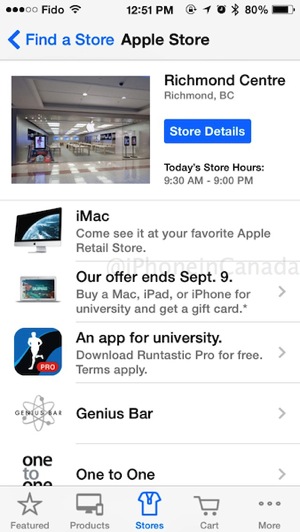


So, it is natural that now come the acquisitions. In their void a raft of new competitors emerged to define fitness to the app generation (and beyond). In fact, until the last few months few of the big companies really had a big brand presence in apps. However, they also serve as a brand extension and this is an area that big health and fitness companies almost completely missed the boat on in mobile (Nike does have an app that does quite well). First, they drive direct revenue from paid downloads, subscription service and in-app purchases of additional content. Devices are offering new capabilities, awareness of health benefits are increasing and the biggest players in the space have not (until recently) invested heavily in apps allowing for new players to thrive.Ĭompanies are realizing that apps can have a sizable business impact. In fact, since we began tracking the most popular apps via AppTRAX in 2011 we have seen few categories experience the growth that Health & Fitness has over the last year. Apps have moved from just entertaining asides to a core augmentation of lifestyle. There is a trend in the apps space that has been simmering below the surface for some time but now is prepared to boil over after Adidas acquired Runtastic.


 0 kommentar(er)
0 kommentar(er)
